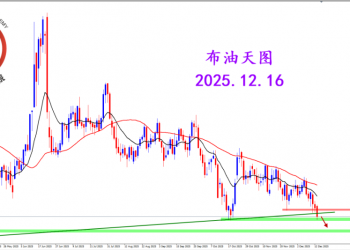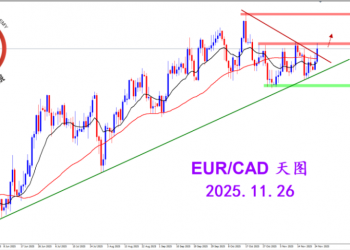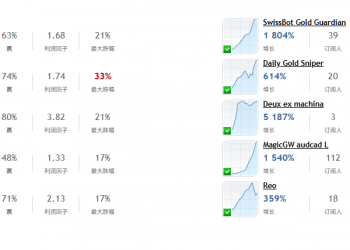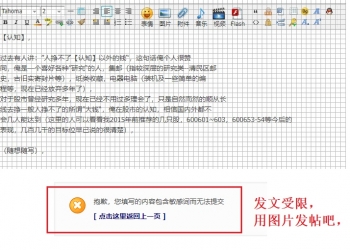路透社文章透露有中东欧元买家正在准备再次买入欧元.
请看下列报道(英文):
Financial News
Reuters
Mideast accounts help drive euro's rise and fall
Thursday July 17, 12:37 pm ET
By John Parry
NEW YORK, July 17 (Reuters) - Some currency strategists think a fresh bout of Middle Eastern euro buying may bolster the single currency anew following profit-taking by investors in the region who had pushed the unit to record peaks in May.
ADVERTISEMENT
"Since late last year they have been making a gradual shift into the euro," switching part of their foreign exchange reserves out of U.S. dollars and into the single currency, said Chris Melendez, chief executive officer of U.S.-based hedge fund Tempest Asset Management.
According to some analysts, Middle Eastern sales of dollars and preference for euros reflected disenchantment with U.S. foreign policy in the wake of the U.S.-led war in Iraq, but this has since abated.
When the euro broke above $1.17 in May, Middle Eastern accounts "were very active buyers up to $1.1930," but then dropped their bid for the single currency, Melendez said.
PACKING A PUNCH
Saudi Arabian and other Middle Eastern investors pack a punch in currency markets that is disproportionate at times to the thin slice of global foreign exchange reserves they hold.
Asian central banks have the lion's share of global foreign exchange reserves with some 60 per cent, while Middle Eastern central banks have just 6 percent, according to Paresh Upadhyaya, currency analyst with Putnam Investments in Boston.
As the dollar started to fall in early 2002, many central banks increased their exposure to higher-yielding currencies.
"Central banks around the world have reduced their U.S. dollar exposure and increased it notably to the euro, and to the Australian and Canadian dollars," Upadhyaya said.
Just what portion of this move comprised Middle Eastern central banks is hard to quantify, often making hearsay a catalyst for currency market movements.
"It's really anecdotal that there was this solid bid for the euro in the run up and then (Middle Eastern accounts) seemed to step aside," said Alan Ruskin, research director at 4Cast in New York. The euro hit record highs against the dollar (EUR=) around $1.1930 in late May, but has since relapsed some 6 percent to trade below $1.12.
Data from the U.S. Treasury, released with a six-week delay, show Middle East names made net sales of $1.2 billion of U.S. government debt in May, way below net sales of $2.6 billion in April.
Activity in June, which spans much of the euro's recent retreat, for now remains mostly a mystery.
To gauge how Middle Eastern accounts are positioned, currency traders tend to seize on scraps of information about flows from hedge funds and occasional comments by officials.
By the time the euro had descended to near $1.16 in late June, comments by Saudi central banker Hamad Saud Al-Sayari that the dollar's decline was likely bottoming out sent other market participants intensifying their euro sales, betting that Middle Eastern appetites for the single currency were waning.
"People started to feel that perhaps the Saudi-United States relationship was warming up," and that Saudi Arabia now had more interest in holding dollars again, Ruskin said.
Currency markets responded to the general perception that following suicide bombings in Riyadh in May, the Saudi authorities were cooperating closely with the United States in efforts to track down Al Qaeda operatives, Ruskin said.
In a more recent twist, these investors are now waiting to see if the euro descends to around $1.10 in order to buy again as a trading opportunity, Melendez said.
Some traders have seen sporadic signs of Middle Eastern interest for euros returning. Last week, some of these investors were selling euros around $1.14 but bidding for euros at $1.13, said Thomas Molloy, a trader at Bank Leumi in New York.
"I think there is a lot of reserve shifting (into euros) to come. It's about half done," Melendez said. |
 2025.12.16 图文交易计划:布油开放下行 关633 人气#黄金外汇论坛
2025.12.16 图文交易计划:布油开放下行 关633 人气#黄金外汇论坛 2025.11.26 图文交易计划:欧加试探拉升 关2796 人气#黄金外汇论坛
2025.11.26 图文交易计划:欧加试探拉升 关2796 人气#黄金外汇论坛 MQL5全球十大量化排行榜2886 人气#黄金外汇论坛
MQL5全球十大量化排行榜2886 人气#黄金外汇论坛 【认知】5687 人气#黄金外汇论坛
【认知】5687 人气#黄金外汇论坛